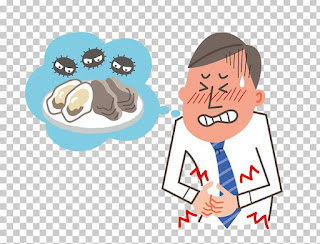Peritonitis is an inflammation of the peritoneum, the tissue that lines the inner wall of the abdomen and covers and supports most of your abdominal organs. Peritonitis is usually caused by infection from bacteria or fungi.
Left untreated, peritonitis can rapidly spread into the blood (sepsis) and to other organs, resulting in multiple organ failure and death. So if you develop any of the symptoms of peritonitis -- the most common of which is severe abdominal pain -- it's essential to seek prompt medical evaluation and treatment that can prevent potentially fatal complications.
Causes of Peritonitis
The lining of the tummy (peritoneum) covers internal organs like the kidneys, liver and bowel.
If the lining becomes infected, the internal organs it covers can also be damaged.
This most often happens because of things like:
- a burst stomach ulcer
- a burst appendix
- digestive problems, such as Crohn's disease or diverticulitis
- pancreatitis
- surgery
- injury to the stomach
- pelvic inflammatory disease
- cirrhosis
Rarely, if bacteria gets into peritoneal dialysis equipment used to treat people with kidney failure, this can cause infection.
Symptoms of Peritonitis
What are symptoms of peritonitis?
Each person’s symptoms may vary. Symptoms may include:
- Severe belly pain that gets worse with any motion
- Nausea and vomiting
- Fever
- Sore or swollen belly
- Fluid in the belly
- Not being able to have a bowel movement or pass gas
- Less urine than normal
- Thirst
- Trouble breathing
- Low blood pressure and shock
Peritonitis symptoms may look like other health problems. Always see your healthcare provider to be sure.
Diagnosis of peritonitis
Diagnosing peritonitis involves a number of tests, including:
- Physical examination – the abdomen is hard and painful. There are no bowel movements or sounds.
- Signs of shock – including low blood pressure, abnormal pulse rate and pale skin.
- Blood tests – to check for which bacteria are responsible.
- X-rays – of the abdomen.
- Laparoscopy – a slender tube is inserted through an abdominal incision and the insides examined.
- Peritoneal fluid culture – a sample of fluid is taken and examined for signs of infection.
6 Nursing Diagnosis for Peritonitis
- Acute pain related to inflammation, fever and tissue damage.
- Risk for infection related to tissue trauma.
- Imbalanced Nutrition : less than body requirements related to anorexia and vomiting.
- Deficient Fluid Volume related to active fluid loss.
- Ineffective breathing pattern related to a decrease in the depth of breathing, abdominal distension secondary and avoid pain.
- Anxiety related to changes in health status.
Source :
https://www.webmd.com/digestive-disorders/peritonitis-symptoms-causes-treatments
https://www.nhs.uk/conditions/peritonitis/
https://www.hopkinsmedicine.org/health/conditions-and-diseases/peritonitis
https://www.betterhealth.vic.gov.au/health/conditionsandtreatments/peritonitis
https://nandanursingdiagnosis.blogspot.com/2015/10/6-nursing-diagnosis-for-peritonitis.html

0 Comment:
Post a Comment